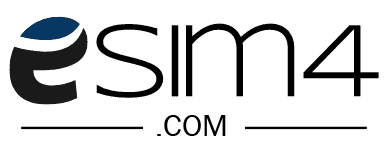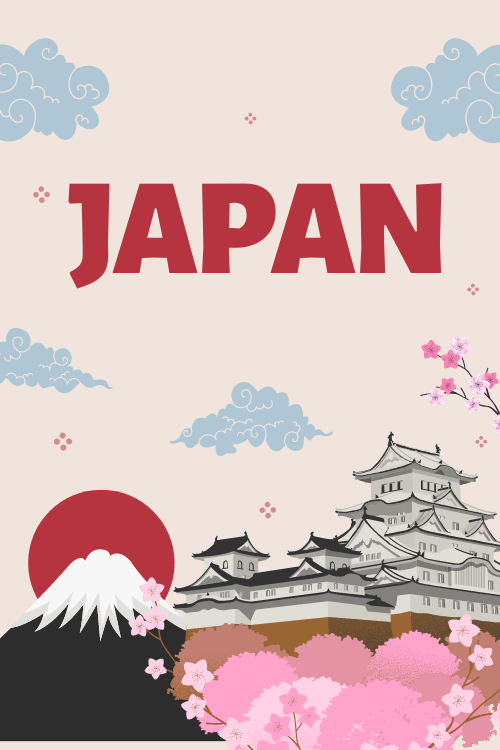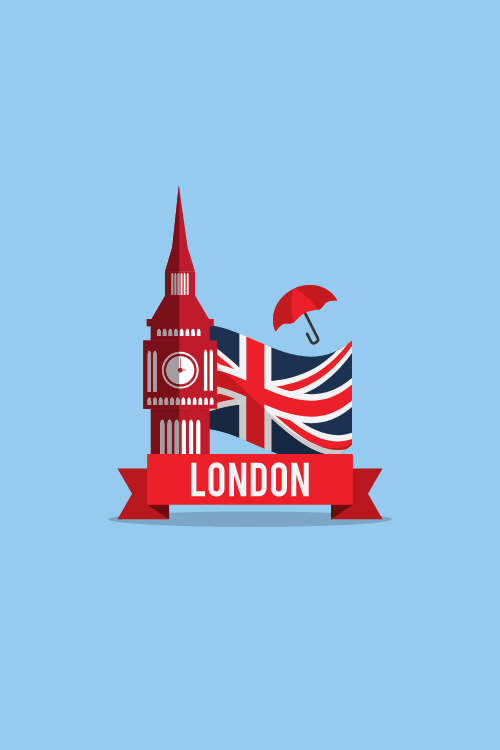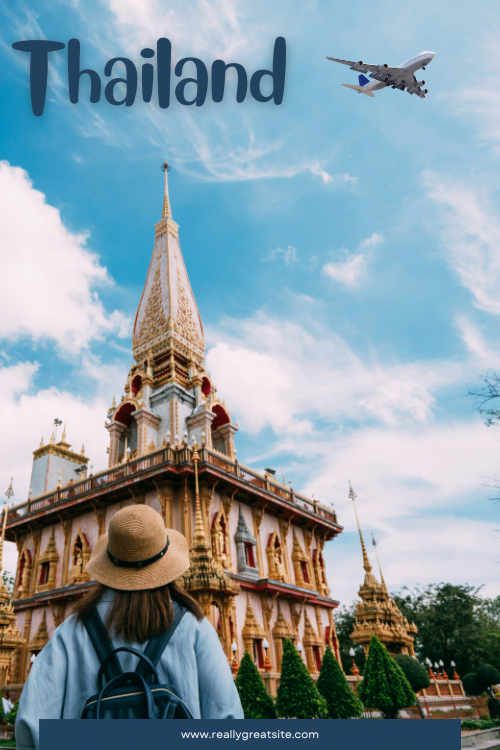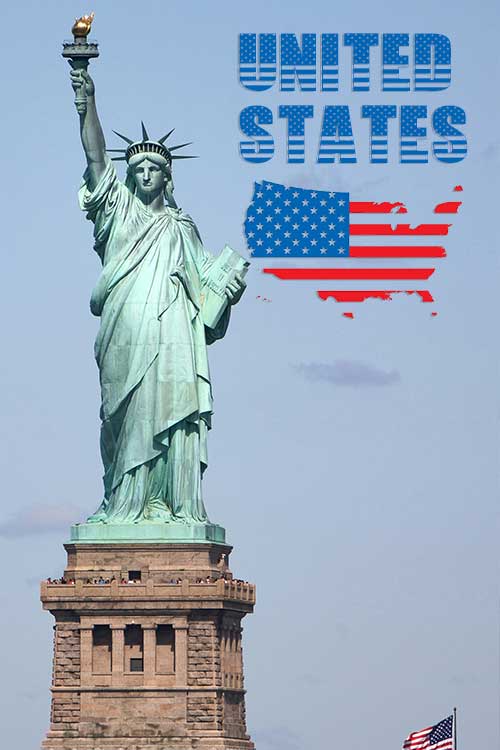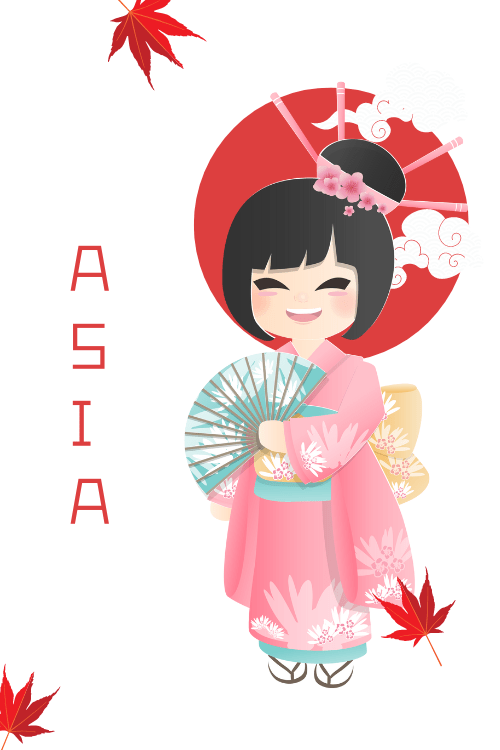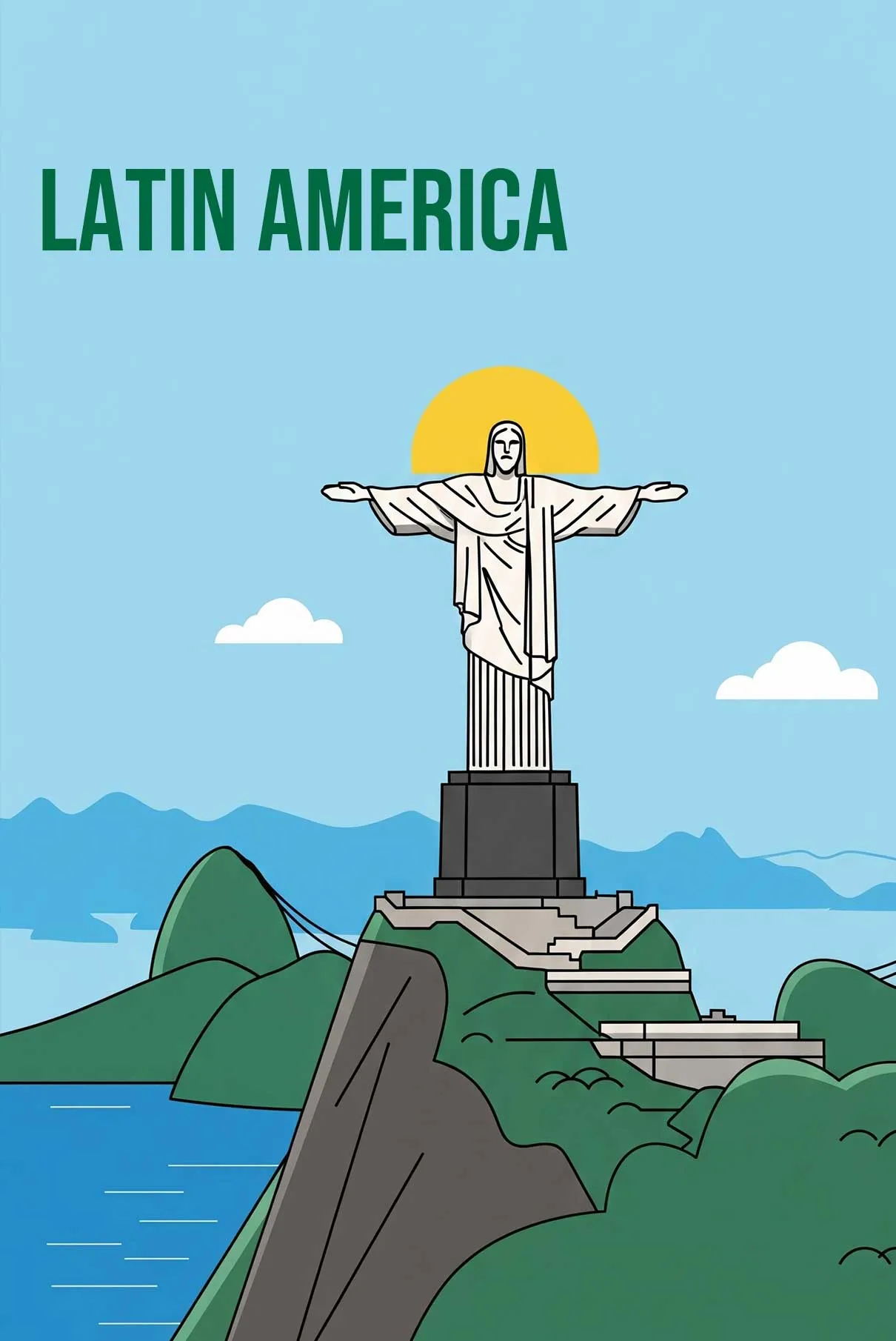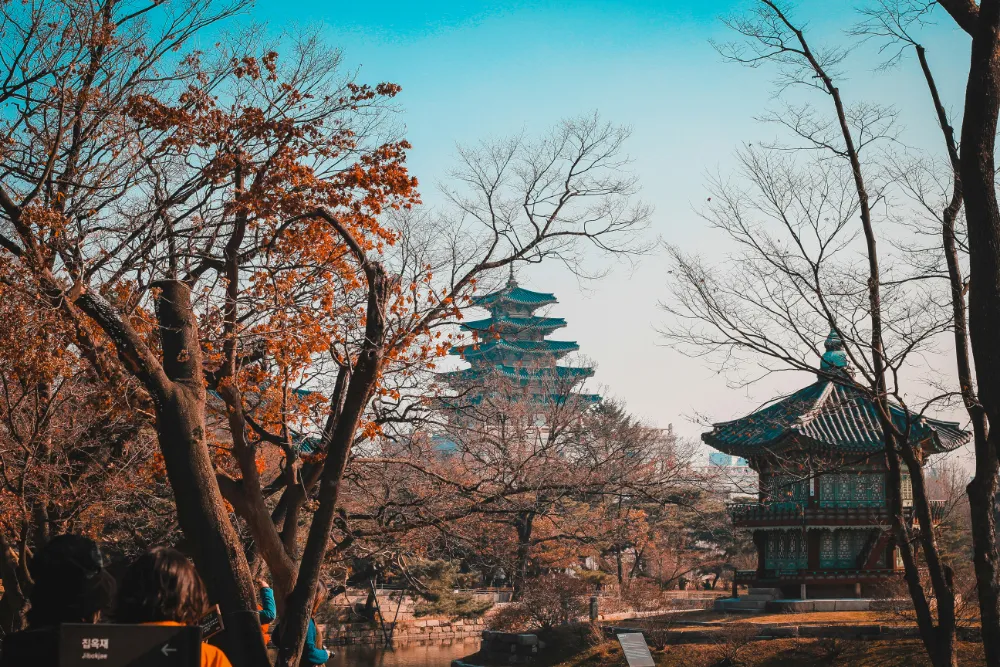eSIM Korea
Best Time to Visit South Korea: When to Go and Why
Want to know the best time of year to visit South Korea? Here are some of the most important dates to keep in mind:
- For pleasant weather and iconic scenery, plan your trip from late March to early May or autumn from late September to early November.
- You will see cherry blossoms in early April and autumn foliage in late October. Days feel mild and rainfall is lower than in summer.
- Summer, from late June to August, is hot and humid, and the south and coasts get typhoons.
That window is best for beaches and festivals. Winter, from December to February, is quite cold and dry, great for ski trips, clear-sky photos, and traditional South Korean winter foods.
Stop Overpaying in Roaming Fees (Or Wasting Time Hunting for Local SIM Cards)
Overseas travel often means choosing between outrageous roaming charges or scrambling for local SIM cards the moment you land.
One drains your budget. The other steals time away from your holiday.
Smart travelers are now switching over to eSIMs.
eSIMs give you data at a fraction of the cost of what your telco charges for roaming and most modern phones have eSIM technology set up – (although you’ll need to check your phone’s compatibility here).
How eSIM4.com Works:
- Step 1: Pick your destination and data plan
- Step 2: Scan our QR code (takes 3 minutes)
- Step 3: Land overseas with instant local network access
No queues. No tiny plastic cards. No bill shock.
Just seamless, affordable data from the moment you land.
Stop letting phone companies raid your travel budget. Join the smart travelers who’ve already switched.
Get Your eSIM NowWhy Timing Matters In Korea
South Korea has four distinct seasons. South Korea’s weather swings hard, which shapes your days and your budget.
Spring and autumn give you the sweet spot for outdoor activities, palaces, markets, and hiking. The monsoon season in summer brings heavy rainfall and heat, and humidity that slow you down.
Winter brings icy sidewalks and chilly hikes, but you get sunny days, value stays, and mountain snow. The best time of year depends on what you want to see and do.
Best Months To Visit South Korea: Pros, Cons, And Who It Suits
Spring, late March to May
Pros: Cherry blossom season, fun festivals, mild afternoons, green river paths and parks.
Cons: Yellow dust days can affect air quality. Blossom weeks bring surge pricing and sellouts.
Best for: City sightseeing, light hikes, café hopping, markets, and photography. Pack layers and a mask if you are sensitive.
Summer, June to August
Pros: Long daylight, warm sea for beaches, lively nights, seasonal festivals.
Cons: Monsoon from late June to late July, high humidity, typhoon risk in August and the tail end of the summer into early October, strongest on Jeju and the south coast. Beach towns and Jeju run crowded and pricey.
Best for: Beach time, indoor culture, music events, families who can pivot with the weather.
Autumn, September to November
Pros: Dry and sunny with comfortable temperatures, brilliant foliage, and prime hiking.
Cons: Peak foliage weekends get crowded. A cool snap arrives by early November.
Best for: Hikers and photographers. A balanced first Korea travel plan. Go midweek if you can.
Winter, December to February
Pros: Clear skies, winter foods, and a full ski season in Gangwon-do.
Cons: Sub-zero nights, icy streets, school holiday crowds at resorts.
Best for: Ski and winter sports, crisp city photography, value hunters in early to mid-December or late February to mid-March.
Best Time By Travel Interest
Cherry blossom: Late March to early April. Jeju and the south coast bloom first in late March. Seoul peaks in early April. Full bloom lasts about a week. Wind or rain can shorten it.
Fall foliage: Mid-October to early November. Seoraksan, Odaesan, and Jirisan turn first. Cities follow.
Hiking: April to June and late September to November. Winter hiking works with traction and cold gear.
Beaches and islands: July and August for warm water and festivals. Early September is great if the typhoon outlook looks calm.
Skiing and snow: Late December through February in Gangwon-do. Alpensia, Yongpyong, and High1 are reliable. The busiest is mid to late January.
Budget travel: Late November to mid-December, and late February to mid-March. Early November can dip after peak foliage.
Photography and clear air: Winter wins for visibility. Spring can be hazy.
Seasonal foods: Strawberries from December to April. Persimmons October to December. Oysters November to February. Blue crab in spring and autumn. Mountain greens in spring.
Timing Cherry Blossoms vs. Fall Foliage
Cherry blossoms
The wave starts on Jeju Island in late March. Then, Busan and the south coast. Seoul and inland areas follow in early April. Mountain areas and the far north bloom last.
Warm winters push dates earlier. A cold March slows them. Peak bloom is short. Book two or three flexible days and follow local bloom maps to see cherry blossoms at full bloom.
Fall foliage
Year to year, foliage timing stays steadier. Expect mountain peaks from mid to late October. Palaces and city parks in Seoul shine from late October into early November. For Seoraksan at peak, go midweek and start early to beat the crowds.
Monsoon And Typhoon Season Explained
Monsoon, called jangma, runs from late June to late July. Expect heavy rainfall, sticky heat, and high humidity. Plan museum days, cafés, jjimjilbang bathhouses, and markets as backups. Wear quick-dry clothing and breathable shoes. Carry a compact umbrella and a light rain jacket. Choose well-ventilated rooms. Use a dehumidifier mode when available.
Typhoons are most likely from August into early October. Jeju and coastal cities like Busan, Tongyeong, and Yeosu feel the impact most. Flights and ferries can be cancelled. Trails and beaches can close. Keep a cushion day for Jeju flights in late summer.
Korean Holidays And Crowd Patterns
Seollal, the Lunar New Year in January or February, and Chuseok in September or October are the biggest holidays. Trains and buses sell out. Highways jam. Many family-run restaurants and shops close for several days. Book transport and hotels once you have dates or avoid those weeks if possible.
School breaks run late July through August and late December through February. Beaches, ski resorts, and family attractions fill up.
Blossom and foliage weekends bring peak crowds to palaces, parks, Gyeongju historical sites, and famous trails. Reserve early. Start your day early.
Month-By-Month Guide
January: The coldest month of the year. Expect sub-zero nights and crisp blue skies. Peak ski season and good value in cities early in the month. If Seollal lands here, you get holiday crowds. January is the coldest month in most regions.
February: Still quite cold and breezy at times. Great for skiing and winter foods like tteokguk and oysters. Seollal can bring closures and sellouts.
March: A transition month. Early March feels wintery in the north. Late March brings buds and first blossoms on Jeju and the south coast. Yellow dust can spike AQI. Southern blossom weeks raise prices.
April: Prime spring. Seoul and much of the north bloom in early to mid-April. Cool mornings and mild afternoons suit palaces and river paths. This is one of the best times to visit Korea, so book early.
May: A top-tier month with pleasant weather and lower rainfall. Ideal for hiking and balanced itineraries. The beginning of May often brings mild weather and fewer crowds than peak blossom weeks.
June: Warmer and more humid. Early June stays comfortable. Monsoon often arrives mid to late month. Keep indoor plans ready. Prices are moderate before school holidays.
July: Monsoon peaks. Hot and humid with downpours that build fast. Choose ventilated stays. Skip risky mountain trails. Lean into indoor attractions and cafés.
August: The hottest month with high temperatures and a higher typhoon risk. Prime beach season on the south coast and Jeju. Rates jump and crowds swell. Nightlife and festivals pop.
September: Early months can feel muggy. Late month dries out and cools. Early autumn festivals begin. Chuseok can disrupt transport and schedules.
October: Golden weather. Dry, sunny days and cool nights. Mountain foliage peaks mid-month. Ideal for national parks and city walks. Popular times to visit trails bring weekend crowds.
November: Cities stay colorful into early November. Then a steady cool down. The first half feels comfortable. After the foliage peak, prices often dip.
December: Cold returns with festive lights and first mountain snows. Resorts open and get busier near year end. Good value early in the month.
Regional Differences
Seoul and the northwest: Bigger swings in temperatures in Seoul. The crispest autumns and the coldest winters. Blossoms arrive in early April. Spring brings more AQI alerts.
Busan and the south coast: Milder winters and earlier spring. Stronger summer humidity. Great off-season beach walks and seafood markets. Watch typhoons in August and September. The Busan Fireworks Festival often runs in autumn.
Jeju Island: Warmer year round and first to bloom. The best windows are April to June and late September to October. Late summer sees more typhoon disruption, so keep flights flexible.
Gangwon-do and the mountains: The earliest snows and the best ski terrain. Summer stays cooler than the cities, though monsoon rain still hits hard. Autumn colours are spectacular and busy on weekends.
Jeolla and Gyeongsang provinces: Food-focused destinations with local markets and festivals. Spring or autumn gives comfortable weather for road trips.
Crowds, Costs, And Booking Windows
Highest demand: Late March to early April for cherry blossom festival weeks, mid October to early November for autumn leaves, and July and August for summer holidays. Reserve hotels, KTX or ITX seats, and top day trips well in advance.
Moderate demand: May to June and September into early October, except holiday weeks. A few weeks’ lead time is fine, longer for weekends and national park stays.
Lowest demand: Late November to mid December and late February to mid March. Lower prices and fewer crowds. Cooler weather and fewer blooms are the tradeoff.
Weather Snapshot And Climate Guide
South Korea’s four distinct seasons mean big shifts in average temperature and humidity by month of the year.
Spring in Seoul: Average daily highs 13 to 22 Celsius. Cool mornings. Low to moderate rainfall.
Summer in South Korea: Average daily highs 27 to 31 Celsius in the cities. Hot and humid. Most annual rainfall arrives during the rainy season.
Autumn in Seoul: Average daily highs 10 to 22 Celsius. Dry air, sunny days, and prime hiking.
Winter: Average daily highs from minus 1 to 5 Celsius in the cities. Dry, windy, and clear. Colder in the mountains. Jeju runs several degrees warmer year round.
Weather, Packing, And Comfort By Season
Spring: Pack layers for crisp mornings and mild afternoons. If air quality bothers you, bring a mask and eye drops. Check AQI before long walks.
Summer: Wear quick-dry, breathable clothing and shoes. Bring a hat, sunscreen, compact umbrella, and a refillable bottle. Plan midday breaks.
Autumn: Bring a light jacket or fleece and sturdy walking shoes. If you hike, carry a daypack for layers and snacks.
Winter: Thermal base layers, insulated coat, hat, gloves, and scarf. Traction grippers help on icy streets and trails.
Practical Planning Notes
Around Lunar New Year and Chuseok, pre-book intercity transport and stays once you set dates. Many small eateries and shops close. Major attractions often run shorter hours.
A T-money card works on metros and buses in most cities and some taxis. After major holidays, leave extra time for airport runs.
Hiking safety: Peak seasons slow popular trails and fill parking early. In winter, bring microspikes and check advisories. During monsoon, avoid exposed ridges and waterfall sections.
The summer heat index can sit well above the air temperature. Put outdoor sights early and late. Save indoor stops for the afternoon.
Seoul, Busan, Jeju, And More
Best time to visit Seoul
April to May and late September to October deliver mild weather and low rainfall. This is the best time to visit Seoul for palaces, café streets, the Han River paths, and the Seoul Lantern Festival in early November.
Summer brings heat and humidity. Keep indoor backups in the heart of Seoul. Winter gives clear skies and fewer crowds if you dress warm.
Busan and the south coast
Best months to visit for beaches run July to August, with warm water and busy boardwalks. Autumn and spring offer thinner crowds and comfortable temps. Watch typhoons from August to early October.
Jeju
The best time to go is April to June and late September to October. Wildflowers, cliffs, and Hallasan hikes shine in these windows. Late summer has higher storm risk.
Gyeongju and historical routes
Spring blossoms and autumn foliage make this destination a standout. Aim for late March to early April or late October to early November for the best times to visit.
Sample Trip Timing Recommendations
First-time highlights with Seoul, Busan, and day trips: Early to mid May or mid to late October. Book KTX seats 2 to 4 weeks out.
Blossom chaser across Seoul, Gyeongju, and Jeonju: Late March to early April. Start south and follow the blooms north. Track forecasts and stay flexible by a day or two.
Hiker in Seoraksan, Hallasan, and Bukhansan: Late September to late October. Go midweek to ease crowds. Secure any mountain lodgings or permits early.
Beach and island time in Busan and Jeju: Early September if the typhoon track looks quiet. Warm water with thinner crowds. Keep weather backups like cafés, aquariums, markets, and museums.
Frequently asked questions
Is April cold?
Early April has crisp mornings and mild afternoons. It is peak cherry blossom time in many regions.
When is rainy season?
Late June to late July. Expect high humidity and sudden downpours.
Does Korea get typhoons?
Yes, mostly from August into early October. The south coast and Jeju see the strongest impacts. Keep plans flexible.
What is yellow dust and when is it worst?
Desert dust that affects air quality, mostly in March and April. Bring masks and monitor AQI if needed.
Are things closed during Seollal and Chuseok?
Many family-run places close for several days. Major attractions often run limited hours. Transport sells out, so book early.
Is winter a bad time to visit?
No, if you are prepared for cold. You get clear skies, winter cuisine, festive lights, and solid skiing.
Bottom line
If you want the classic mix of pleasant weather, color, and manageable crowds, aim for April to May or late September to October.
If you love snow and winter sports, January and February deliver if you pack right.
If you plan to travel to South Korea in summer, schedule indoor breaks, book airy rooms with good ventilation, and follow monsoon and typhoon forecasts.
July and August suit beaches and festivals if you stay flexible.
Best Dates Depending On Interests
Want blossoms: Late March to early April. Start south and move north.
Want foliage and hikes: Mid October in the mountains and late October to early November in cities.
Want beaches and warm water: Late July and August, or early September if the forecast looks stable.
Want lower prices and fewer crowds: Late November to mid December, or late February to mid March.
Want skiing: Late December to February in Gangwon-do. Mid to late January is the busiest stretch.
Before You Book
If your dates straddle seasons, pick a home base with options in both directions. Seoul gives you day trips to mountains or the coast. A short KTX ride drops you into a different weather zone when you need it. That flexibility helps you avoid the peak and rescue a day when storms roll through.
